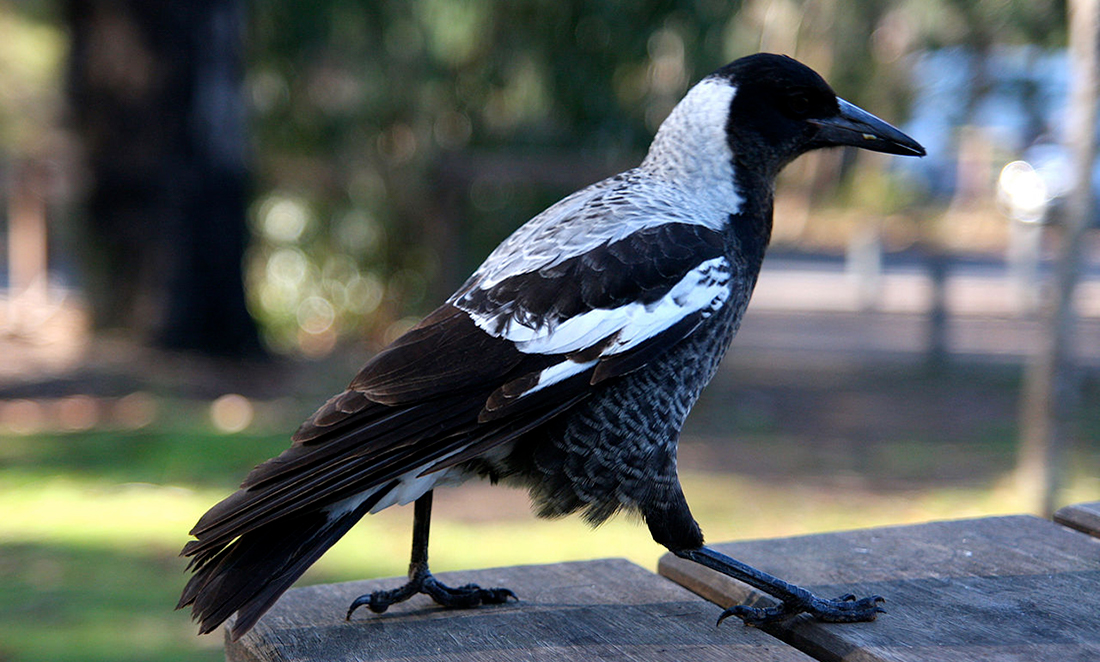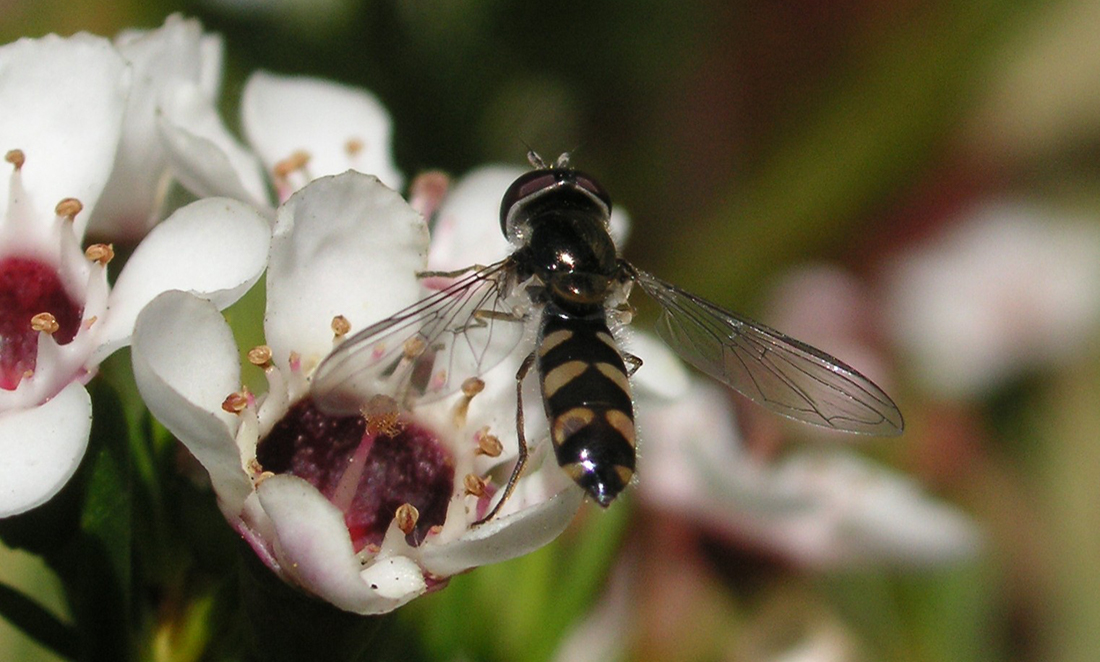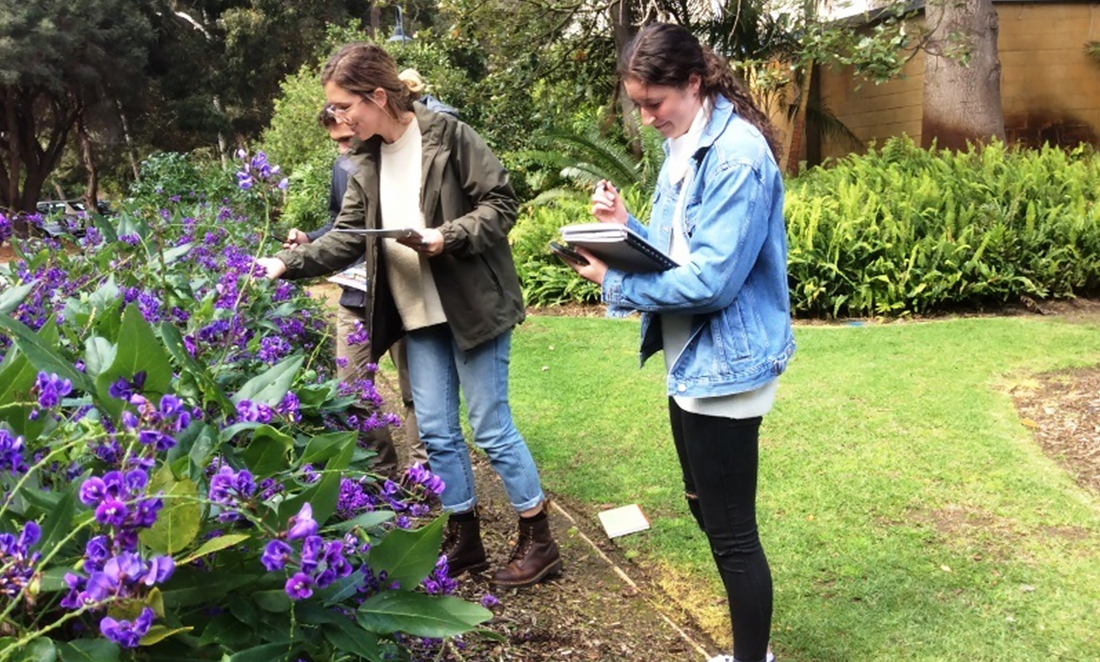Science is fun, but actual scientific research can be hard, and getting students engaged with the nuts and bolts of science methodology can be tricky.
But now, a new study led by researchers at UWA has found a new approach. Get students involved with the scientific process of generating and analysing data.
“Doing ‘real’ research is an excellent way for students to learn. It also greatly contributes to environmental engagement,” says lead author Nicki Mitchell.
The study followed the experience of more than 1500 UWA students who participated in the citizen science project ClimateWatch.
“Doing ‘real’ research is an excellent way for students to learn. It also greatly contributes to environmental engagement.”
ClimateWatch was developed by the Earthwatch Institute, the Bureau of Meteorology and the University of Melbourne. It aims to gather phenological data to understand how climate change affects the seasonal responses of Australia’s plants and animals. Phenological data involves life cycle events of plants and animals and how they are influenced by climate. Things like when plants flower or animals breed are considered phenological data.
“Climate change may be causing a phenological shift in some species. For example, plants or animals may be reproducing at different times relative to the past,” says Nicki.
DIY research
Since 2011, undergraduate biology students at UWA have used ClimateWatch to learn about plants and animals across Australia.

During the first part of the exercise, students learned how to use the ClimateWatch mobile app and website. They contributed their own data to ClimateWatch over the course of a semester.
Then they were provided with a complete dataset from the ClimateWatch database. Their job was to analyse all records collected by citizen scientists on one species since 2009.
Students had to come up with their own hypotheses to explain why species might show different phenophases over time. For example, why did some plants flower earlier in 2016 compared to 2009? As a final step, teams of students wrote a peer-reviewed scientific article based on their research. The best articles were published in the open-access journal Cygnus.

Learning to navigate through this scientific process was a crucial learning activity. Science methodology involves a lot of steps. These include observation and accurate recording, comparison of results with those of others and testing of hypotheses, says Professor Nancy Longnecker from the University of Otago, co-author of the study.
This meant that students got involved with the complete process of scientific research. Not only did it produce some interesting results, it also demonstrated to students how peer review and publication works.
Boosting science engagement
So, what did students get from all their hard work? This is one of the key questions Nicki addressed in the study, and the answer is quite a bit.
“The 150 publications we have produced from our 6-year collaboration with ClimateWatch are testimony to their discoveries.”
“Students learned how to analyse, present, interpret, think and write about data. The 150 publications we have produced from our 6-year collaboration with ClimateWatch are testimony to their discoveries,” Nicki says.
Also, many students were interested in doing more research even after the course was over. The study found that more than half of the students who took part in the UWA course reported wanting to continue recording data for ClimateWatch.
A lot of their motivation came from finding value in their work. “Knowing their work is valued can increase students’ motivation,” says Nancy.
Overall, the findings of this study also point towards a wider impact of citizen science projects.
Such projects may help close the gap between the general public and academic research, says Didone Frigerio, who is based at the University of Vienna. Didone recently published a report on citizen science and wildlife research. “I can imagine that citizen science can help motivate young people to engage in science by actually making science, not just reading about it,” she says.
So, if you want to get your hand into a bit of scientific research, why not give citizen science a go? Check out the Australian Citizen Science Association Project Finder for over 550 projects suitable for all ages and on a wide range of science topics.









